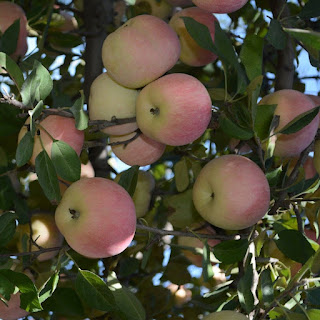Rose moss (Gul e dopehr)
"Moss rose a Specie of Purslanes"
Common name:
- Gul e Dopehr
- Day flower
- Sun plant
- Rose moss
- Eleven o Clock
- Sun rose
Botanical name:
Portulaca grandiflora
"Portulaca grandiflora is commonly referred to as the moss rose, which is fairly descriptive of this plant's main ornamental features as they are ruffled, rose-like flowers that appear on prostrate to slightly ascending stalks that form a moss-like foliage mat."
Family: Portulacaceae - Purslane
Order: Caryophyllales - Pinks, cacti, and allies
Class: Magnoliopsida - Dicotyledons, Dicots, Eudicots
Phylum: Tracheophyta - Vascular plants, Seed plants, Ferns, Tracheophytes
Lifespan: Annual
Bloom Time: Spring, Summer, Autumn
Plant Height: 2.5 to 12 inches
Spread: 10 to 15 inches
Flower Size: 1 to 2 inches
Habitat: Roadsides, waste places
Flower Color: White, Yellow, Red, Purple, Orange, Pink
Leaf Color: Green
Fruit Color: Green
Stem Color: Red
Fertilization:
It fertilize once a month during the growing season.
Information:
Moss rose (Portulaca grandiflora) is an ornamental flowering succulent native to South America.
It is mostly cultivated in annual flower beds and as a container plant. Different cultivars have been chosen to achieve variations in colour, shape and number of petals.
Interesting facts:
Linnaeus invented the botanical name for the genus Portulaca. The name derives from the seed pods, which Linnaeus noted opened like a gate. "Portula" is the Latin word and means "little gate".
Is moss rose invasive?
This annual flowering succulent is native to warm and dry parts of South America - particularly Argentina, Uruguay and southern Brazil. Although closely related to purslane (Portulaca oleracea), moss rose is a less problematic weed due to its inability to tolerate such a wide range of soil types and environmental conditions.
It requires sandy soil and rocky terrain. It is a popular garden plant in warmer temperate regions.
Because it produces small seeds that are easy to disperse, some plants have escaped cultivation, so the moss rose grows as a weed in southern Asia and in ancient, stone-dominated cities in the Balkans and southeastern Europe.
It is not known to cause agricultural problems or environmental degradation.
Attract Birds:
The moss rose is bursting with stunning blooms that attract all kinds of birds. Unfortunately, voracious flyers tend to eat the flowers instead of just extracting nectar.
Sparrows are particularly notorious for destroying flower heads. Luckily, there are white varieties—a color that birds see more as a sign of danger.
So if you're trying to grow decorative moss roses that won't destroy birds, try a white variety.
Ten o'clock:
The magical quality of this plant is that it appears to be able to tell the time. This is commonly seen as it blooms early in the morning at ten o'clock, but it's also limited to bright sunny days. When it rains or at night, flowers don't sprout. So it's ten o'clock.
Water requirements:
Moss rose doesn't need to be watered too regularly as it retains moisture well, so water lightly and sparingly. The shallow root zone is sensitive to overwatering, so ensure good drainage even with moss rose. A good watering per week during hot dry periods is recommended.
Difficulty Rating:
Moss rose is super easy to care for and resistant to almost all pests and diseases. It's a perfect option for brown-fingered gardeners.
Tips from Garden Coaches:
With colorful flowers, the moss rose is often planted as a container plant and can also be planted in the garden. It's not difficult to grow as long as you can provide it with plenty of sunlight.
Garden use:
The moss rose is prized for its voracious and easy growth that requires little maintenance or care and blooms vibrant, appealing flowers in multiple colors.
It is often used for front borders and is suitable for succulent and rock gardens due to its water retaining abilities.
Moss rose is particularly striking next to creeping zinnia or silver plants such as Dusty Miller or 'Silver Mound' amaranth.




Comments
Post a Comment